Indian Architecture- Mauryan Art And Architecture
By the fourth century BCE the Mauryas established their power and by the third century BCE, a large part of India was under Mauryan control. The most powerful king of the Mauryan dynasty Ashoka who patronised the Buddhist shraman tradition. As the Mauryas established their power, we see a clear demarcation of architecture and sculpture developed under state patronage and those that were developed by individual initiative.
Buy Prime Test Series for all Banking, SSC, Insurance & other exams
Classification of Mauryan Art :
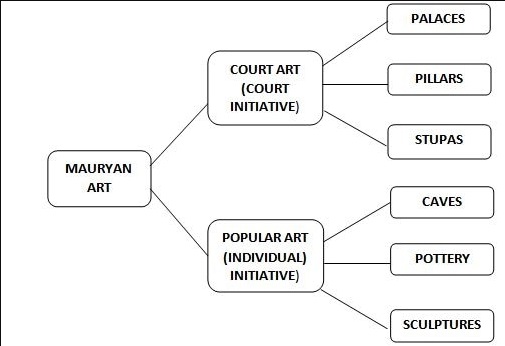
Court Art:-
Palaces:-
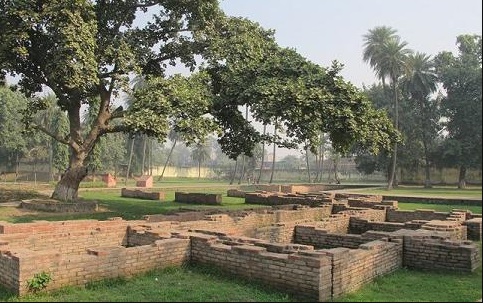
There palaces reflected grandeur of the empire. There palaces were inspired by Achaemenid palaces and wood was the principal building material. Megasthenes was awestruck and said these palaces are one of the greatest creation of mankind.
Pillars:-
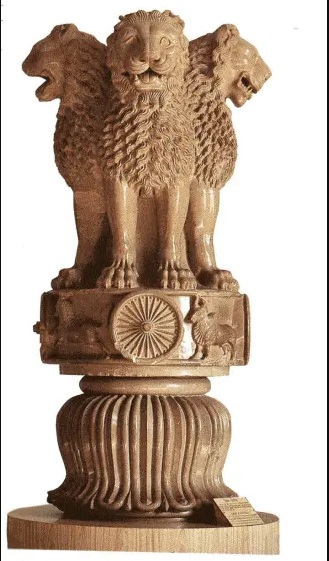
- They are rock cut pillars and were usually made of chunar sandstone.
- Stone pillars were erected by Ashoka, the inscription of pillars – as a symbol of the state or to commemorate battle victories – assumed a great significance. Imperial sermon were also propogated through pillars.
- The bull, the lion, the elephant, etc. were used as capital figure on the top portion of the pillar.
- All the capital figures are standing on a square or circular abacus.
- Abacuses are decorated with stylised lotuses.
- Some of the existing pillars with capital figures were found at Basarah-Bakhira, LauriyaNandangarh and Rampurva in Bihar, Sankisa and Sarnath in Uttar Pradesh.
Example:- Sarnath pillar popularly known as the Lion Capital . It is also our national emblem. The lion figures firmly standing on a circular abacus. The abacus is carved with the figures of a horse, a bull, a lion and an elephant. Lion capital symbolises Dhammachakrapravartana (the first sermon by the Buddha), which is a great event in the life of the Buddha.
Stupa:-
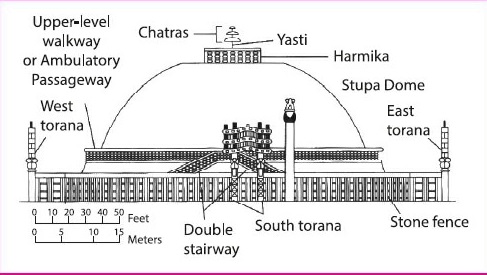
Fig 4:- Architecture Of Stupa
- Stupa: Stupas were burial mounds prevalent in India from the vedic period. They were popularised by the Buddhists.
- Anda: It is a hemispherical mound with a relic chamber deep within.
- Harmika: It is aSquare railing on top of the mound.
- Chhatra: It’s a Central pillar supporting a triple umbrella form.
Material Used: It’s core is made up of unburnt brick while the outer surface was made by using burnt bricks, which were then covered with a thick layer of plaster and medhi and the toran were decorated with wooden sculptures.
Examples:
- Sanchi Stupa is the most famous of the Ashokan stupas.
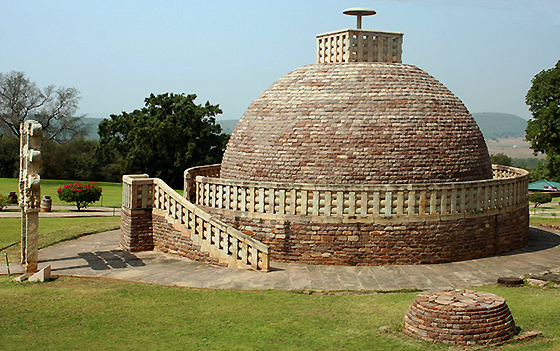
- Piprahwa Stupa is the oldest one.
Location of 9 Stupa built after the death of Buddha: Rajagriha, Vaishali, Kapilavastu, Allakappa, Ramagrama, Vethapida, Pava, Kushinagar and Pippalivana.
Popular Art:-
Cave Architecture:-
This period saw the emergence of rock-cut cave architectures. During the Mauryan period, these caves were generally used as viharas, i.e. living quarters, by the Jain and Buddhist monks. While the early caves were used by the ajivika sect, later, they became popular as Buddhist monasteries. The caves during Mauryan period were marked by a highly polished finish of the interior walls and decorative gateways.
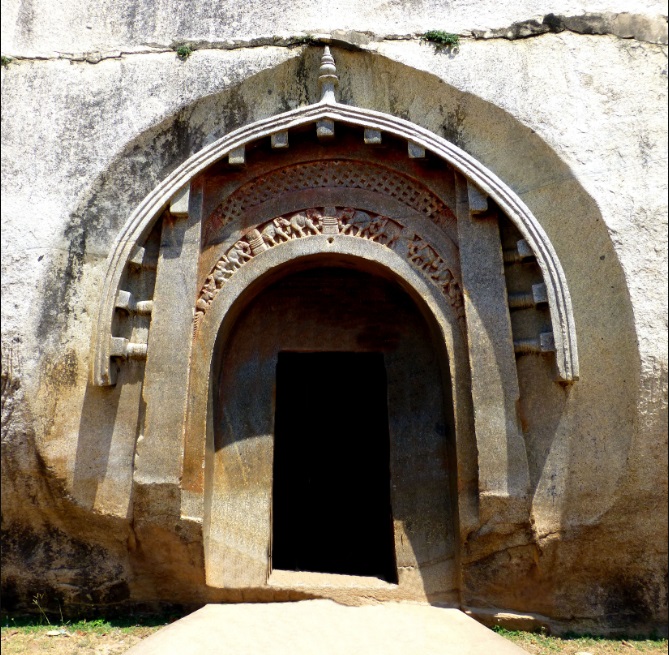
Sculpters:-
primarily used for the decoration of stupas, in the torana and medhi and as the form of religious expression. EX:- Yaksha and Yakshi. The earliest mention of yakshi can be found in Silppadikaram, a Tamil text.
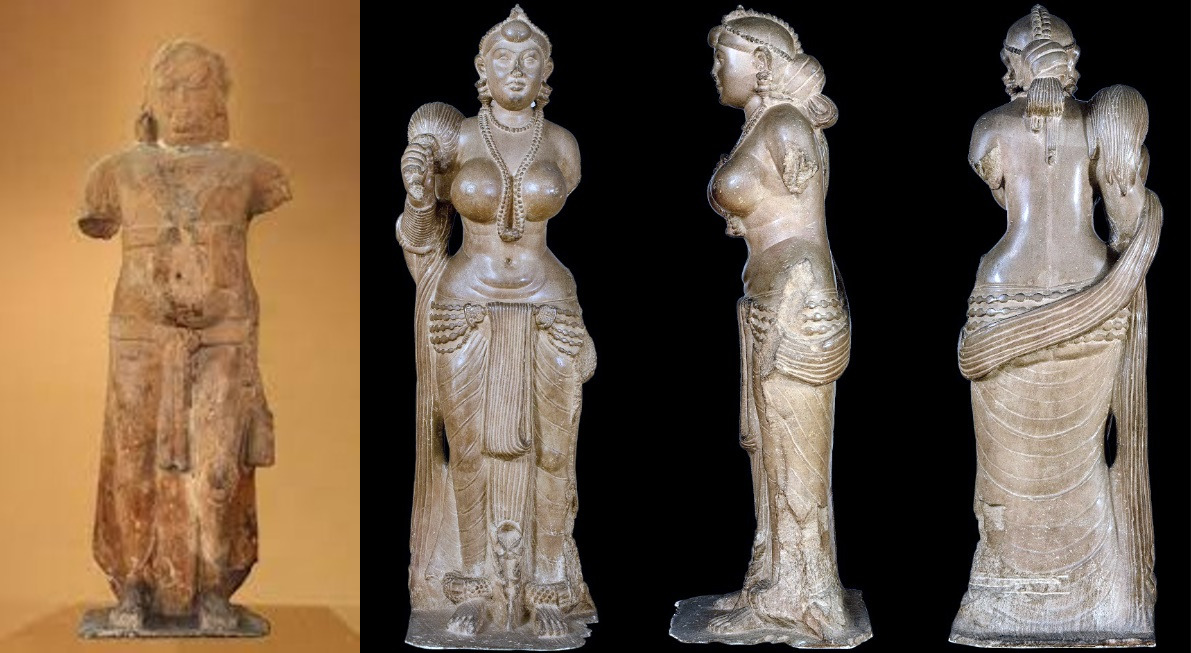
Pottery:-
Pottery of this period is generally referred to as Northern Black Polished Ware (NBPW).They were characterised by the black paint and highly lustrous finish and were generally used as luxury items. Kosambi and Patliputra were the centers of NBPW pottery.
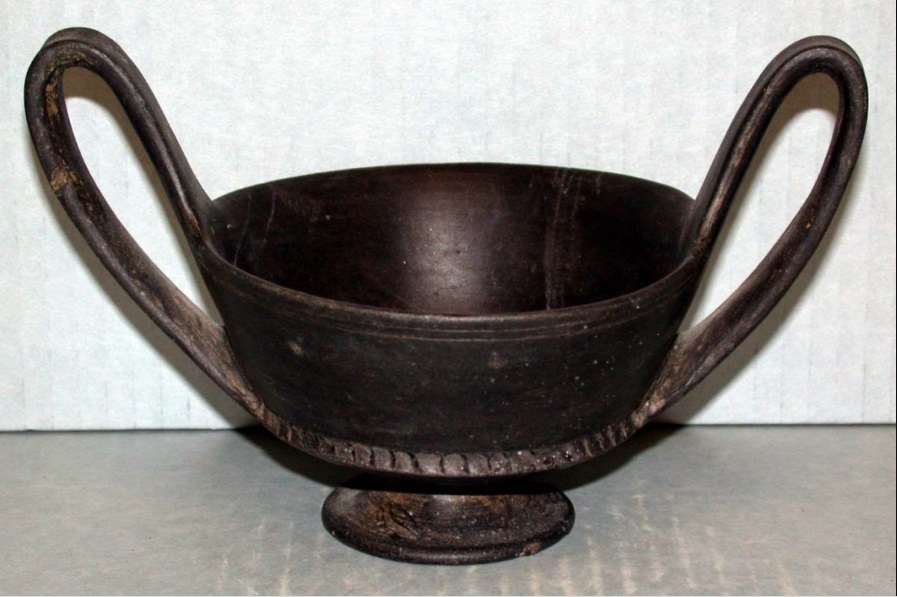
Find More General Studies News Here



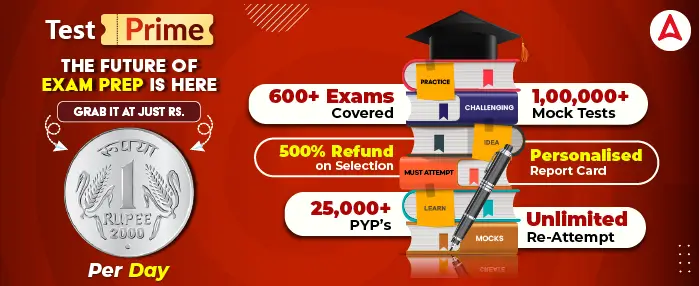
 Exploring Bondi Beach: Sun, Surf and Syd...
Exploring Bondi Beach: Sun, Surf and Syd...
 ISRO Projects Seven Launches Including U...
ISRO Projects Seven Launches Including U...







